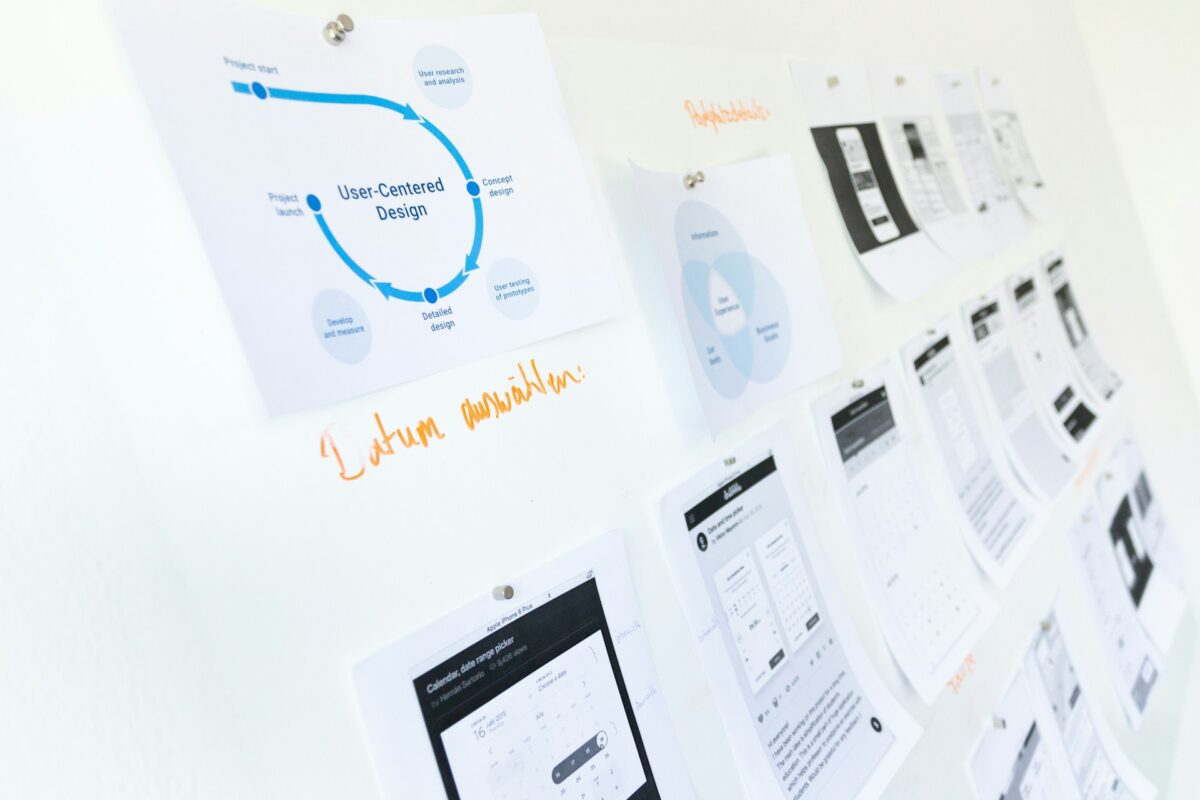Okay, there’s a book with the same title as mine, so you might think this is a review. If you were in my position, you might wonder how this content is related to my blog. Anyway, first of all, it’s not a review, and yes, this article is also not related to my blog. I’m […]
I prepared this article for personal reasons and I think the structure is not very good and feels messy, but it’s the best way to explain my situation and opinions. And for those still yelling “where’s the source?”, DUDE, this is a personal article, not a research paper. These are my own observations. You don’t […]
Go and Zed Documentation – Basics
This blog is totally mine now, and I don’t care who reads it or not. Anyway, this is my documentation for Go and Zed. I’ll update it here to keep information for myself. (Yes, I just began to practice Go.) The Zed editor is also a bit new for me, which is why I created […]
So, I’m back with another blog post and guess what, this one’s about Ruby again. Yes, I know this blog is supposed to be about Rust. But let’s be honest: bending rules is fun, and exploring different ecosystems is how we stay flexible, creative, and happy. I’ve been exploring the Red Data Tools project recently, and I have to […]
Hehe, yes, I’m back! The guy who’s adding Rust to everything, because why not? It’s fun! I’m not saying what I do is always the best, but I do believe it’s worth giving a shot sometimes. TensorFlow.js isn’t something I’ve tried for very long, and WASM… Okay, actually, I still haven’t used it much. But […]
At first, I prepared the whole article using pure Rust with Plotters and Polars, but the result wasn’t the best, and the workflow was difficult. I don’t think anyone should spend so much time on data visualization. So, I created a new version where I use D3.js for visualization but still use Polars for data […]
I know I’m late, but let me talk about Polars! I want to discuss Polars in Rust because it’s really important, it greatly enhances Rust’s capabilities for data science, which is our main focus here. This blog is still pretty new, so I’m writing this a bit late. Nothing else stopped me! Polars is a […]
Numbers can be boring, but they don’t have to be. They’re beautiful when they start to look like something. Details create the big picture, and to build that picture, we need plots. Plots are still essential tools in data science and anything involving data. In this article, I’ve prepared implementations of the three most commonly […]
Rust time again! This time, not so much about data science but about Rust completely. Today, we’ll be diving into the ownership model. This little concept ensures data safety, prevents memory corruption, and avoids bugs related to concurrency, all while delivering top-tier performance. But what exactly is it? That’s still a mystery for many people […]
Data can be called whatever you want,hype, cash, or trash,but it doesn’t change the fact that, in today’s world, data is precious. It might change in the future, but for now, you’ve got to adapt to it. I’m not saying you should add machine learning models to everything or process large datasets for no reason; […]









